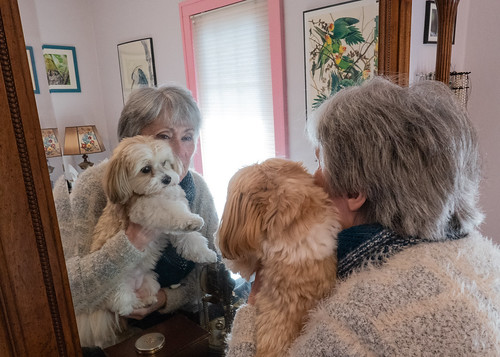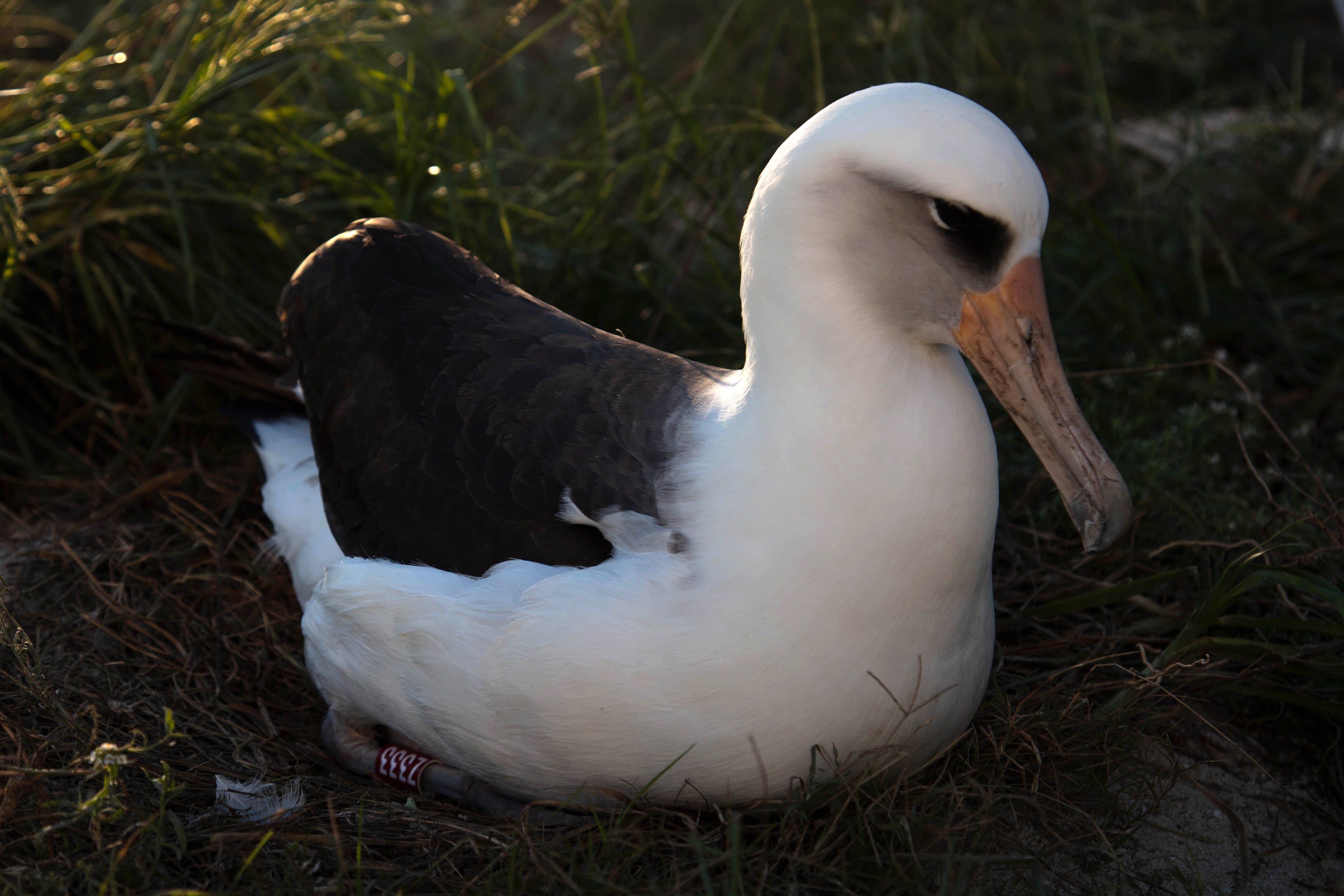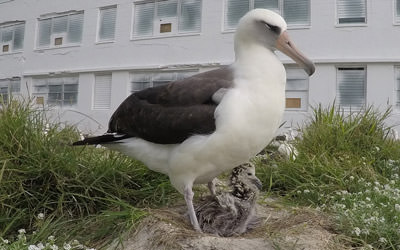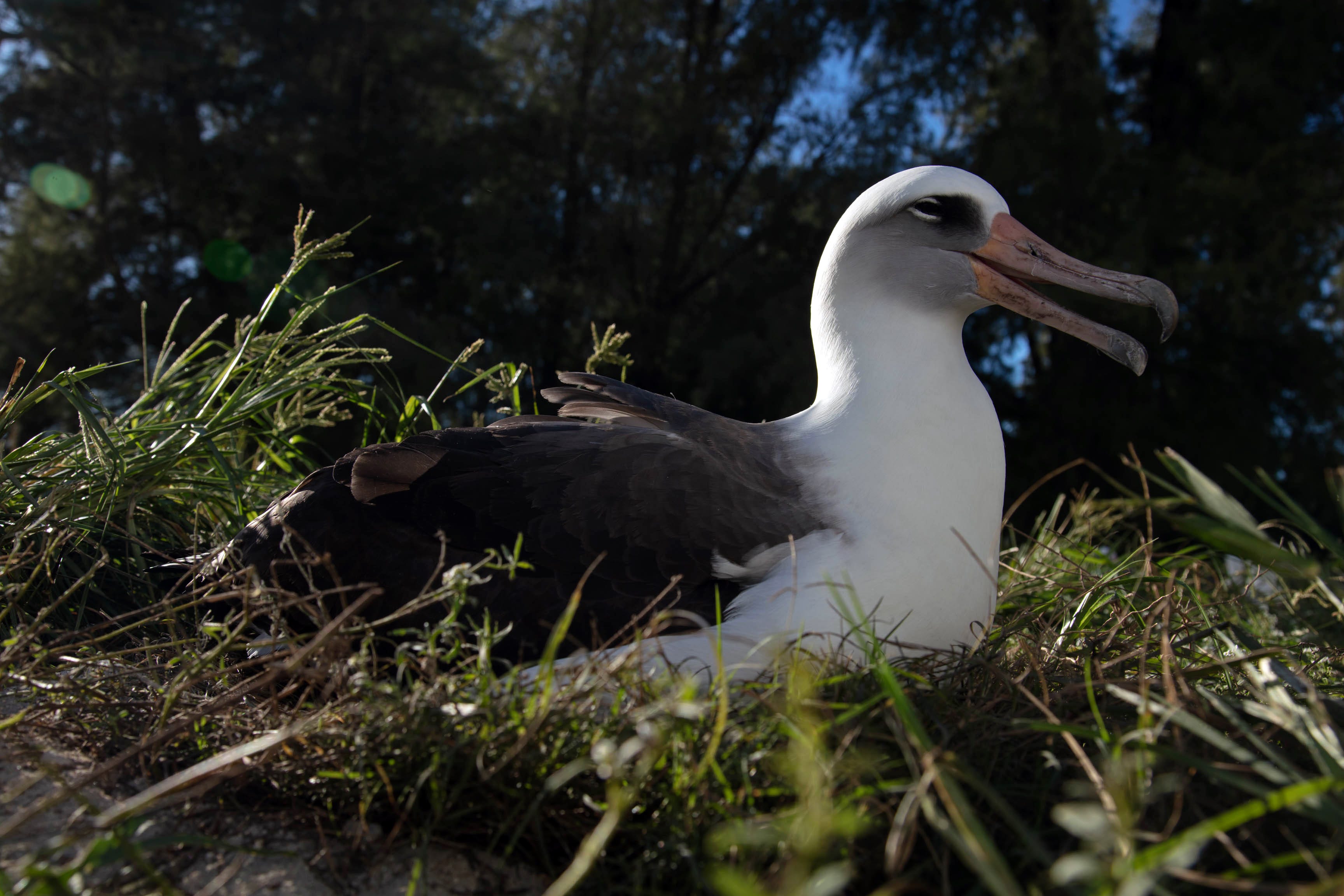The very first thing I learned in my very first wildlife management class in college was that individuals don’t matter. Conservationists must look at animals within populations and communities to help them. Focusing on individuals would lead to what they called the Bambi complex, which from the disparaging and disgusted way they spat out the word “Bambi” I knew was a very bad thing indeed.
To this day, many wildlife biologists are still decrying the Bambi complex. Precisely during the BP oil spill disaster, some birders started ridiculing the value of wildlife rehab, talking about all the resources used to save just a handful of creatures when that money and expertise could be better used in restoring damaged habitat and protecting undamaged habitat. Ironically, a huge chunk of the money used for wildlife rehabilitation comes from donations from individual people—money that would not necessarily have ever gone to habitat protection. Why do people give them money? It’s virtually always inspired by the story of one particular individual animal. And by taking an interest in that individual, a generous donor also becomes receptive to what that animal will need when released to the wild, and quite possibly start wanting to protect habitat for it. We simply don’t feel emotionally tied to populations, of people or of animals. To paraphrase Joseph Stalin’s words, when one man dies, it’s a tragedy. When millions die, it’s a statistic.
For over a decade, one individual bird has captured the imaginations of millions of people, bringing awareness of the difficulties her entire species faces and garnering support for important projects to keep her whole population thriving: Wisdom the Laysan Albatross. In 2002, when my ornithological hero Chandler Robbins was on Midway Island in the Pacific Ocean, he started musing about the banded Laysan Albatrosses nesting there and how old they might be. So he recaptured some to check back on their band numbers, and one turned out to be a female that he himself had banded back in 1956. As a nesting adult when he captured her that first time, the youngest she could possibly have been was five years old. That means that the very latest Wisdom could have been hatched would be the beginning of 1951, the year I was born, and so she was at least 51 in 2002, making her older than what scientists had estimated the maximum age for albatrosses, 30 to 40 years. Because of her advanced age, she was nicknamed Wisdom.
 |
| I'm looking way, way older than Wisdom, and certainly beyond making babies! |
She made national news in 2011 when she was a minimum of 60 years old, which is, I think, when I found out about her and first I talked about her on For the Birds. This was well after my own menopause, and I can’t say how much I loved knowing that there is at least one lovely wild bird out there who is not just thriving but still successfully raising young when she’s older than me.
She returns to Midway every year, to the same nest site. I usually see the news about her arrival in November, but not this year, and by Thanksgiving, I was feeling uneasy as I checked the Midway Atoll website every day. 2020 has been a uniquely terrible year, and as December started without a word, I was starting to grow resigned. But the lack of reports must have been due to procedural changes for the human staff on Midway, not the albatrosses, who have no clue about Covid-19 and were conducting business as usual without press releases.
Finally, on December 3, the U.S. Fish and Wildlife Service got the word out that Wisdom and her mate had indeed both returned to Midway—she was observed on her nest on November 29, and wonder of wonders, she has produced another egg. If you see me walking with an extra spring in my step in the coming days, you’ll know why. Wisdom is just a bird, and just an individual bird. But her making it through another year out on the open ocean and returning to breed reminds me that exceeding expectations and probabilities may not always be likely, but is always at least a possibility.



